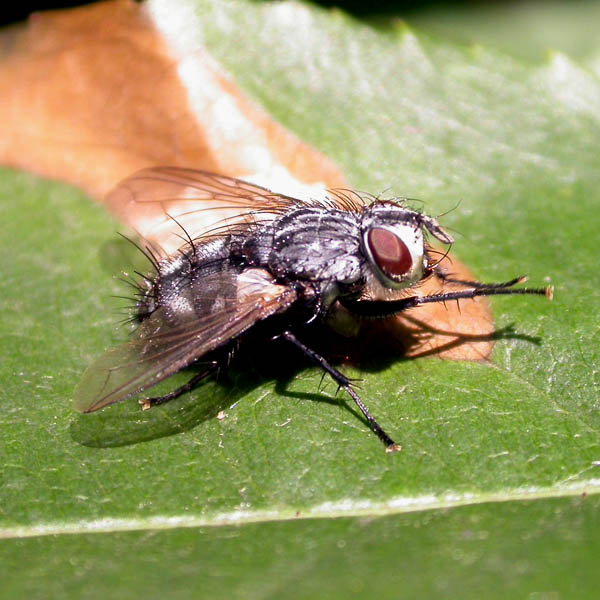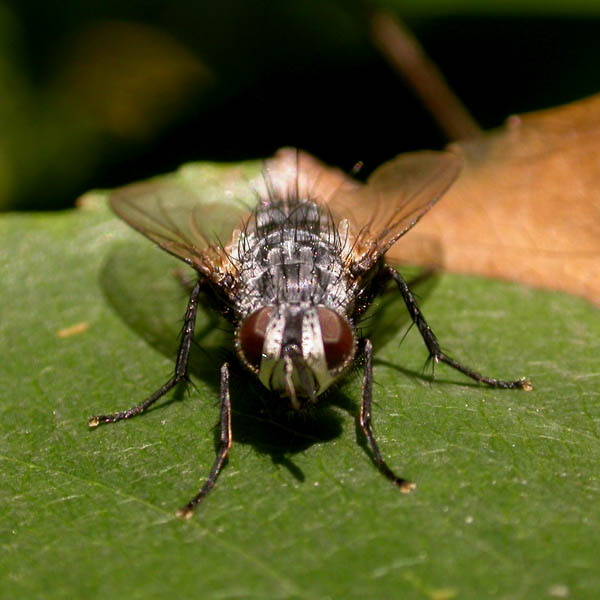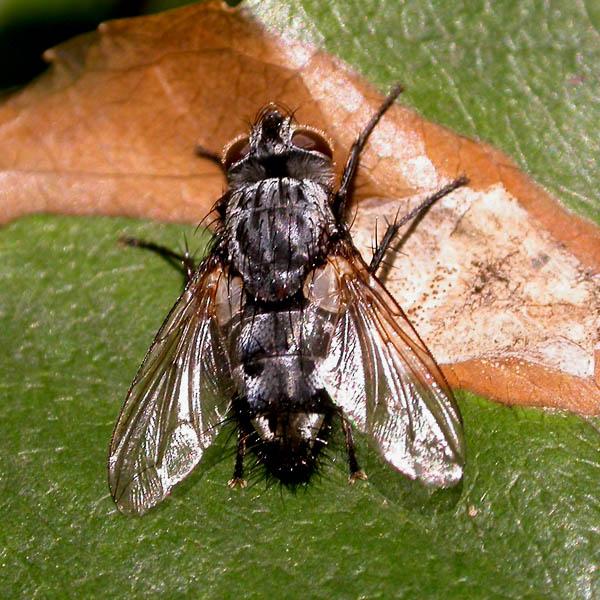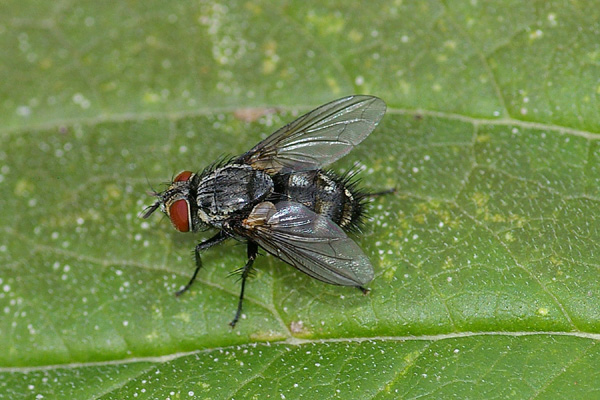Diptera.info :: Identification queries :: Diptera (adults)
Who is here? 1 guest(s)
|
Parasetigena silvestris, Tachinidae, Hungary
|
|
| Xespok |
Posted on 31-07-2006 14:16
|
|
Member Location: Debrecen, Hungary Posts: 5551 Joined: 02.03.05 |
Another Tachinid from June.
Xespok attached the following image:  [99.86Kb] Edited by Xespok on 24-09-2006 20:23 |
| Xespok |
Posted on 31-07-2006 14:17
|
|
Member Location: Debrecen, Hungary Posts: 5551 Joined: 02.03.05 |
Frontal view
Xespok attached the following image:  [82.3Kb] |
| Xespok |
Posted on 31-07-2006 14:18
|
|
Member Location: Debrecen, Hungary Posts: 5551 Joined: 02.03.05 |
A view from the top.
Xespok attached the following image:  [135.44Kb] |
| Xespok |
Posted on 23-09-2006 20:38
|
|
Member Location: Debrecen, Hungary Posts: 5551 Joined: 02.03.05 |
Theo, did you see this thread? |
| Zeegers |
Posted on 24-09-2006 09:05
|
|
Member Location: Soest, NL Posts: 18917 Joined: 21.07.04 |
No. Looks interesting, need to check my collection. Theo |
|
|
|
| wilde |
Posted on 24-09-2006 16:13
|
|
Member Location: Koudekerke, Netherlands Posts: 176 Joined: 13.09.06 |
A photographer asked me for the name of this fly. For me it looks a bit like the fly of this thread. Am I wrong?
wilde attached the following image:  [116.62Kb] Edited by wilde on 24-09-2006 16:13 Albert de Wilde |
| Xespok |
Posted on 24-09-2006 16:56
|
|
Member Location: Debrecen, Hungary Posts: 5551 Joined: 02.03.05 |
Your fly is a different species. |
| Zeegers |
Posted on 24-09-2006 17:49
|
|
Member Location: Soest, NL Posts: 18917 Joined: 21.07.04 |
The answer to the original question is Parasetigena silvestris (Exoristini) Largest numbers in June, parasite of Lymantria monacha. The new one is quite different, a species in Goniini / Eryciini complex One of the most difficult groups in Tachinidae. Theo Zeegers |
|
|
|
| Xespok |
Posted on 24-09-2006 20:29
|
|
Member Location: Debrecen, Hungary Posts: 5551 Joined: 02.03.05 |
Thx Theo, I already posted a similar fly in this thread. The birstles in this fly seem to be of very different length, which gives it a slightly different jizz. Apparently the bristle length is not a reliable feature in these flies. I wonder whether this fly will accept L. dispar as a host. There were quite a lot of L. dispar in the forest where both of these images were made, but to my knowledge no L. monacha, at least I did not get any this year. |
| Jump to Forum: |














